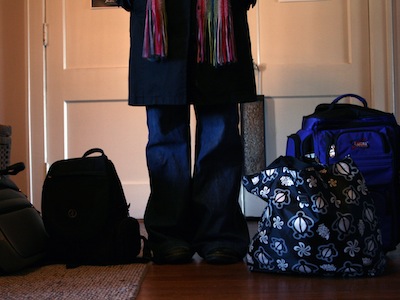
The population of children in care in England is at a 30-year high, official government statistics have revealed.
A total of 69,540 children were in care at the end of March 2015, the figures published today by the Department for Education said, and the number of looked-after children is “now higher than at any point since 1985”.
The figures show a continued rise in the number of children leaving care for special guardianship placements, and that there was a 15% reduction in the number of children placed for adoption at 31 March 2015 compared to the previous year, and a 24% fall in the number of children granted a placement order.
Missing
More than 6,000 children who were looked after during the year 2014-15 were recorded as missing at least once from their placement, new data for this year also revealed. Just over half of these children were accommodated in secure units, children’s homes or hostels when they went missing or away from placement.
Three-quarters of looked-after children are in foster placements, the data revealed, and almost half of children in foster placements eligible for care leaver support stayed with their foster carers for three months after their 18th birthday. Just under 40% of the 26,330 former care leavers aged 19, 20 or 21, were not in education, employment or training, the figures show.
‘Massive burden’
Alison O’Sullivan, president of the Association of Directors of Children’s Services, said the overall increase “has placed a massive burden on local authorities and it is to their enormous credit that this increasing challenge has been successfully met and these most vulnerable children continue to receive high quality care and support.
“We believe that the causes for this increase are complex and varied and warrant greater government attention and support, especially in the light of austerity.”
Adoption crisis?
Javed Khan, chief executive of Barnardo’s, called the 24% fall in children granted an adoption placement order “drastic” and warned that if it continues, there could soon be a “real crisis” for children who need adopting waiting an unnecessary length of time in care.
“It’s crucial that local authorities don’t shy away from acting decisively on adoption,” Khan said.
Staying Put
The fact that almost half of children are ‘staying put’ for a period of time after their 18th birthday was welcomed by the Children’s Commissioner for England.
Anne Longfield added that the increase in the percentage of children who go into care above the age of 16 needed further investigation.
“Authorities must make sure that they have suitable provision for this age group and also that they receive ongoing support when they leave care,” Longfield said.


 A trauma-informed approach to social work: practice tips
A trauma-informed approach to social work: practice tips  Problem gambling: how to recognise the warning signs
Problem gambling: how to recognise the warning signs 




 Find out how to develop your emotional resilience with our free downloadable guide
Find out how to develop your emotional resilience with our free downloadable guide  Develop your social work career with Community Care’s Careers and Training Guide
Develop your social work career with Community Care’s Careers and Training Guide  ‘Dear Sajid Javid: please end the inappropriate detention of autistic people and those with learning disabilities’
‘Dear Sajid Javid: please end the inappropriate detention of autistic people and those with learning disabilities’ Ofsted calls for power to scrutinise children’s home groups
Ofsted calls for power to scrutinise children’s home groups Seven in eight commissioners paying below ‘minimum rate for home care’
Seven in eight commissioners paying below ‘minimum rate for home care’
 Facebook
Facebook X
X LinkedIn
LinkedIn Instagram
Instagram
Official figures published earlier this year for 2010/11 and 2012/13 show that social services staff for children’s services were cut by around £147 m as the government are cutting £5 billion from grants to local authorities. You cannot keep making huge cuts to front line staff and for this not to effect their ability to provide a preventative service to offer an alternative to young people becoming looked after.
This is the kind of problem that the Chief Social Worker for Children’s Services needs to be providing advice on for government along with her ineffective principal social worker network…get out there in the field!!!……we are in danger as a profession of going back to the 1980’s because we have no effective direction or leadership.
it is clear that there is something going in a society with such a rise of children in care. what support is given to keep families together, rather than have children seeing families for limited times
In answer to your question very little if nothing is being done to support families and children taken into care, with grandparents no rights,